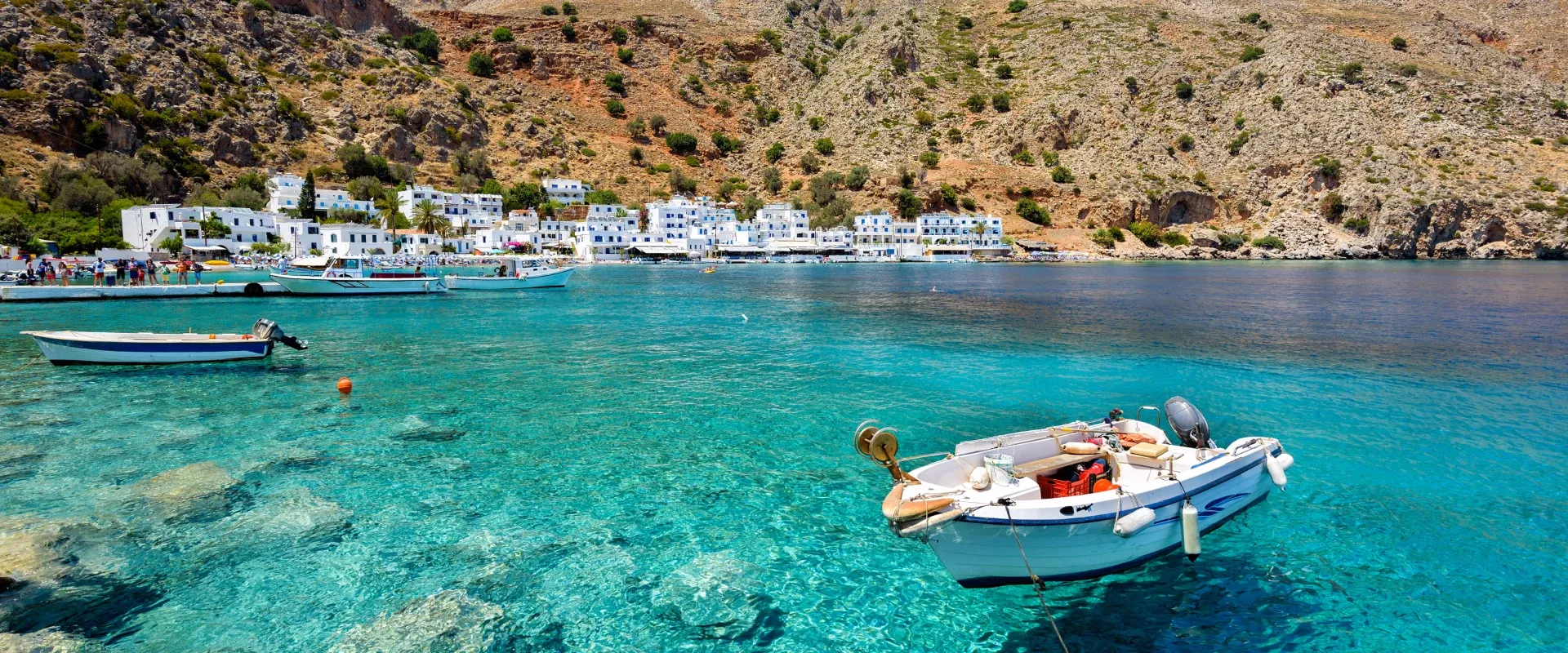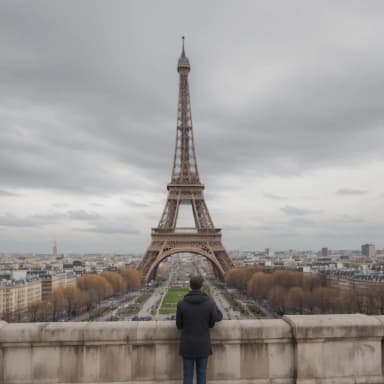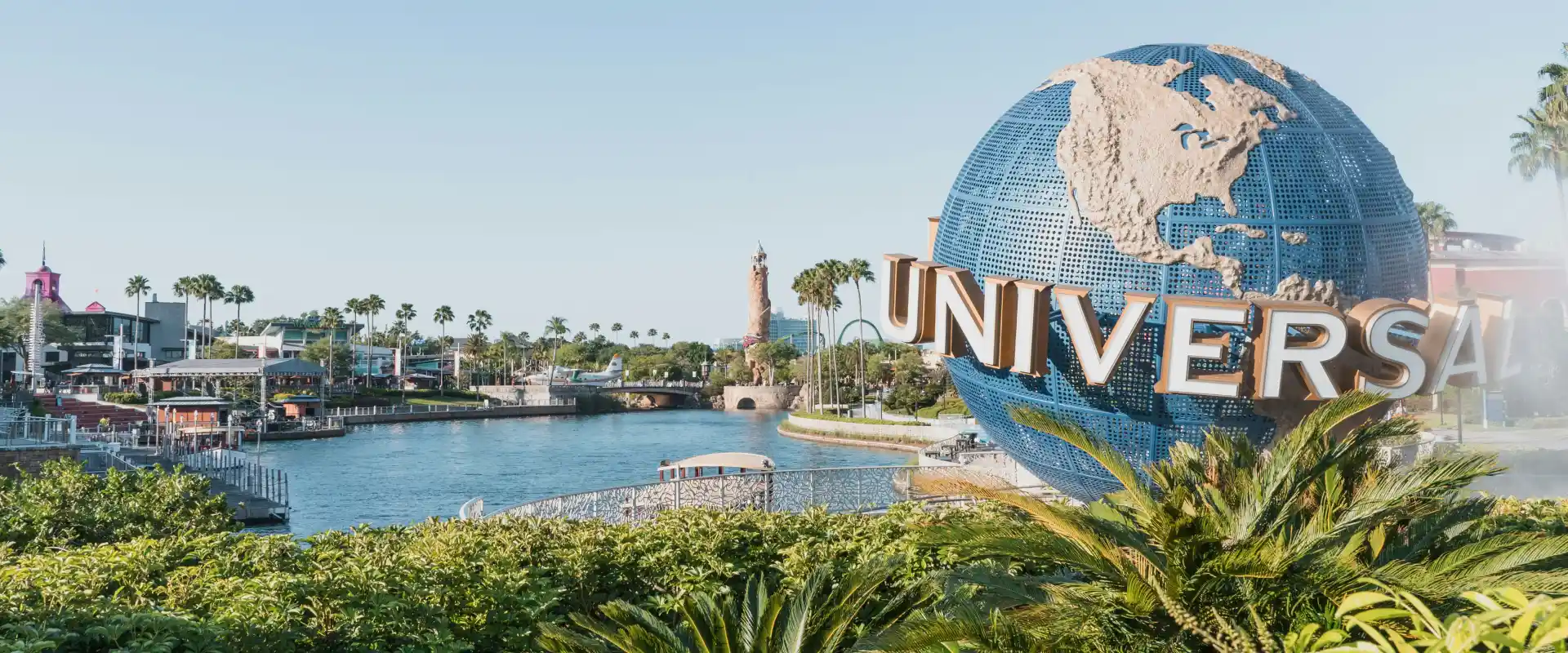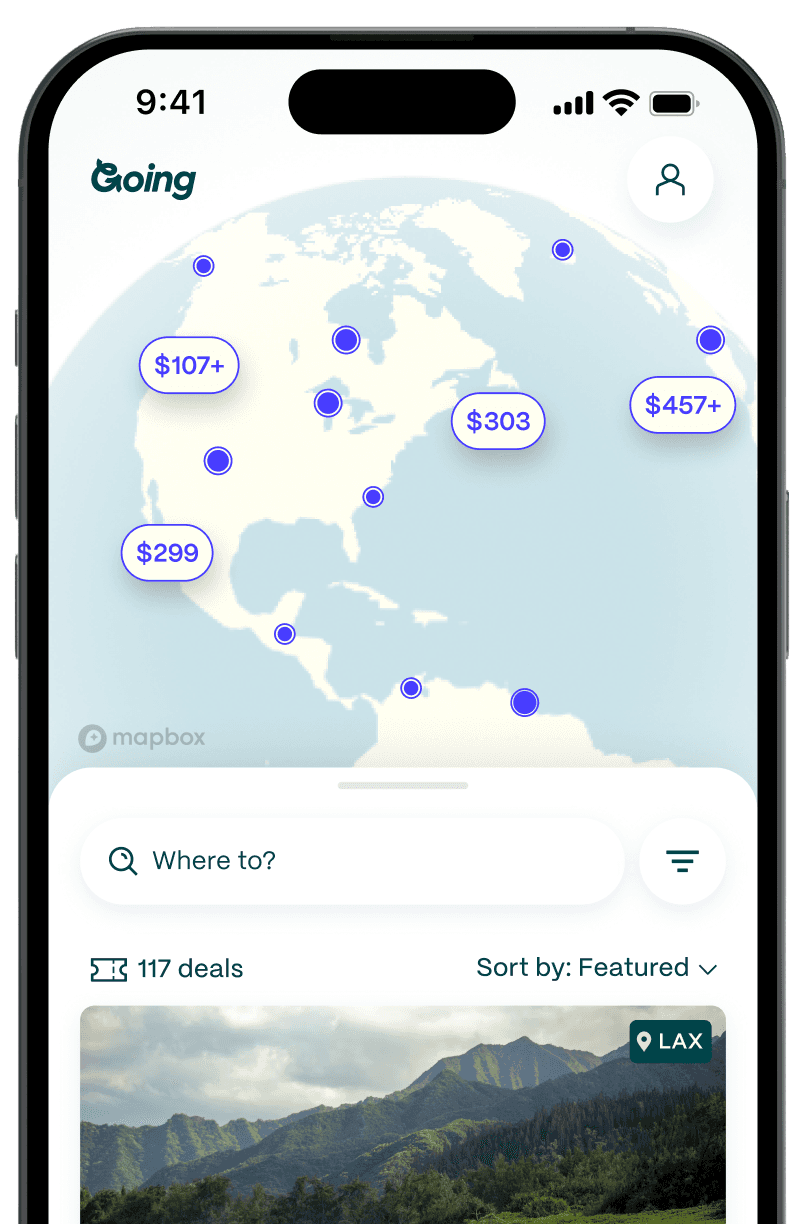
Crete: The Greek Island Where Zeus Was Born
With its laid-back atmosphere, versatile cuisine, and age-old tradition of hospitality, Crete, the rectangular-shaped Greek island in the southern Aegean Sea, is a place that encapsulates the Mediterranean way of life. The island’s 8,500-year history is dramatic, a tale of nearly endless conflict among the Minoans—arguably the first major European civilization—Mycenaeans, Byzantines, Arabs, Venetians, Ottoman Turks, Jews, and, of course, modern Greeks. The result: Cretan language, architecture, and gastronomy that are all a blend of the island’s tempestuous past.
Crete, kissed by the sun year-round, is where a Greek summer can be enjoyed at its purest. Increasingly frequent heatwaves and the dwindling of snow on its mountain peaks are indicators of the toll that climate change is taking on the island; still, those mountains, combined with Crete’s countless beaches and steep gorges, make it a playground for adventurers.
Greek cuisine at its best

Cretan cuisine is staunchly Greek but with a local twist. It incorporates ingredients that make the Mediterranean diet the healthiest in the world; yet, they’re combined in recipes you won’t find in other parts of the country. In particular, Crete is famous for its quality olive oil, cheese, milk, honey, and wild greens.
The jewel of Cretan gastronomic ingenuity is gamopilafo, or wedding rice, a buttery risotto traditionally eaten at weddings, accompanied by a hefty piece of goat or lamb meat whose broth is used to cook the rice. There’s also kalitsounia, tiny pies stuffed with the king of Cretan cheeses, mizithra, a ricotta-like tangy cottage cheese. Graviera is Crete’s response to Swiss gruyere, while antikristo—more of an ancient cooking method than a recipe—involves cooking pieces of lamb in a strategic formation around an open fire, which gives the meat a crunch. Vegetarians, in particular, will love sauteed stamnagathi, a spiny wild chicory.

The northwestern city of Chania is famous for its bougatsa, a cheese- or cream-stuffed filo pastry eaten for breakfast, while Sfakiani pita, a flatbread pie named after the town of Sfakia, located almost directly south of Chania, is an experiment in bittersweet bliss with its combination of mizithra and honey. If you’re feeling adventurous, give a chance to boiled snails, or hohli boubouristi in the local dialect. Wash it down with a sip of raki (also known as tsikoudia), a local spirit that’s often offered to tourists as a welcoming gesture.
A hiking paradise

For hikers, all roads in Crete lead to the Samaria Gorge, a 10-mile-long UNESCO Biosphere Reserve whose natural beauty rivals the Grand Canyon with its imposing ravines and dramatic rock formations. Located in the middle of the White Mountains, it’s Europe’s second-longest gorge and home to 300 species of flora and 900 species of fauna. The luckiest visitors may encounter Crete’s famous kri-kri feral goat. Portes is the narrowest part of the hiking trail at 10 feet wide, with razor-sharp cliffs hanging on either side of the path. Crossing the gorge can be a challenge, requiring about eight hours, so it’s advised to start early in the morning. Follow the designated path leading to Agia Roumeli, a picturesque seaside village otherwise accessible only by boat.
Other hiking options include the Cretan section of the E4, a more than 7,500-mile-long path that joins long-distance trails throughout Spain, Switzerland, Greece, and Bulgaria, among other countries. Crete’s contribution to the international pathway leads to the mountain refuge of Kallergi, offering a majestic view of the Samaria Gorge from above, as well as the gorges of Agia Irini and Kourtaliotiko, also in southwestern Crete. Hikers with more experience may opt to climb the island’s highest peak, Mount Ida, via its meandering and occasionally-steep trail.
The birthplace of Europe

Ancient Greece, European history, and (arguably) Western civilization all trace their beginnings to this Mediterranean island. According to Greek mythology, Zeus—the chief Greek god and master of thunder and the skies—was born here; you can even visit his birth cave on Mount Ida. Europa, a Phoenician princess, also resided here, when her irresistible beauty forced a besotted Zeus to take the form of a bull, abduct her, and bring her to Crete.
The archaeological site of Knossos, near Crete’s capital city, Heraklion, is a time machine that takes you back to 1,900 BCE, when the Minoans—the seafarers who created the first major European civilization—ruled the island. The palace of King Minos, where his throne still stands, served as a shrine, granary, and administrative center. According to legend, below the palace was the famed labyrinth where the half-man half-bull creature called the Minotaur was kept.
The Heraklion Archaeological Museum hosts the finest pieces of Minoan art, including the famous “La Parisienne” fresco and Phaistos Disc, a tiny clay artifact whose spiral scribblings hold the key to the Linear A writing system, one of the greatest mysteries of archaeology; even today, we don’t know whether the Minoans spoke Greek or another language. Also in Heraklion, the Historical Museum of Crete tours you through the island’s history, from ancient times to Venetian, Arab, and Ottoman rule, and finally its union with Greece in 1913.
Pink beaches and ancient ruins

With its 650-mile coastline, secluded coves, and countless beaches, Crete offers the ultimate summer experience. Balos, a lagoon on the island’s northwest tip, features crystalline waters and pink sand—which compensates for the rough drive along a narrow, precipitous road. There’s also southwestern Elafonisi, often voted among the world’s top beaches. A small island, separated from the mainland by a strip of white sand, has lent its name to the beach; the shells of the tiny Foraminifera microorganisms that inhabit its sand create its distinctive pink hue. Another option in western Crete is Falasarna, which offers a magnificent view of Crete’s mountains.
The only snag? All these beaches are packed with tourists in the summer, meaning it’s best to visit them in May or September. For a more relaxing experience away from the crowds, opt for Frangkokastello, a shallow beach on the southwest coast with a majestic medieval Venetian castle backdrop; Agiofaraggo, which is only accessible by boat or on foot; or Matala, a rocky beach near Heraklion whose caves hosted hippies in the 1960s and inspired some of Joni Mitchell’s most famous songs.
In eastern Crete, Vai Beach is surrounded by one of Europe’s few palm forests, while nearby, Erimoupolis includes tiny coves where you can swim and snorkel amidst the ruins of the ancient city of Itanos.
Battle of the old towns

The island’s administrative capital and biggest city, Heraklion, is a bustling modern metropolis, albeit firmly Cretan in character. As with most Greek cities, Heraklion’s chaotic urban planning doesn't exactly lend itself to a pleasant sightseeing experience. There is, however, more than one oasis of beauty amidst the sea of concrete: the Venetian fortress (Koules) at the city’s port, traditional taverns in the old town, one of Europe’s largest aquariums, a natural history museum ideal for a family visit, and Archanes, a picturesque village nearby that’s worth visiting.
Ιts eternal rival, the city of Chania in western Crete, is what Los Angeles is to New York: a funkier place that takes pride in its laid-back attitude, hedonistic charm, and vibrant nightlife. The 14th-century harbor features a lighthouse that combines Venetian, Egyptian, and Ottoman influence. It’s in the narrow streets of the Old Town, however, where visitors encounter Crete’s most intriguing past. Here, you’ll find Etz Hayyim, one of the Mediterranean's oldest synagogues, as well as Splantzia (Chania’s Turkish quarter) and the Church of Agios Nikolaos (St. Nicholas Church), which maintains its minaret—a tall tower from where muezzins recite calls to prayer—a remnant of Ottoman times when it was used as a mosque.
Off the grid

Crete is an island where the traditional coincides with the modern, where rustic wilderness meets 21st-century environmentalism. Cities like Heraklion and Chania are examples of Crete’s cultural and industrial capabilities, but there are plenty of places where old Crete is alive and well.
One such place is Milia, a wellness retreat 34 miles south of Chania. Brought to life by two friends who restored its stone-carved cottages, Milia is an abandoned village perched on the slopes of Kissamos amidst a maze of chestnut trees. Everything here is organic, from traditional recipes prepared with local produce to the wooden furniture in candlelit rooms. Don’t bother to take any electronic gadgets here apart from your cell phone—electricity supply is limited, and open fires and stoves are the main heating source.
Another is the southern village of Loutro, accessible by boat from Chora Sfakion or by treacherous trails that cut across the White Mountains. The turquoise waters of its two main beaches, Pervilaki and Timios Stavros, are worth the trip, but the real treat is nearby beach Glyka Nera, where springs of potable fresh water bubble up in the middle of the sea.
Lyra, lyra, pants on…
Folk art is a part of everyday life in Crete, as well as an opportunity for families to come together. The strident sound of the lyra, a pear-shaped instrument whose strings are gently struck with a bow, is a distinct element of the island’s traditional music scene. If you’re able to attend one of the local panigiri (a village feast), usually held in the spring and summer, you’ll surely catch the sound of the lyra.
Cretan music is usually accompanied by folk dances, such as Pentozali and Sousta, with circular formations of dancers moving together in Dionysian trance. Anogeia, a mountainous village that’s the birthplace of famous lyra players, is the ideal place to experience this as a visitor, as it hosts the Yakinthia folk festival every July. Traditional weddings, often three-day affairs, are another way to immerse yourself in this part of Cretan culture. Fortunately, it’s not difficult to get invited to one, particularly in villages, where visitors are treated like members of the newlyweds’ family.
An island of islands

As large as it is, Crete offers several options for short day trips. Gavdos is a tiny island 26 nautical miles south of western Crete. It’s not only Europe’s southernmost point but also the place where the nymph Calypso allegedly held Odysseus captive for seven years. Nearly all beaches here are nude-friendly, making the opportunity to take your clothes off and soak up the sunshine a rare privilege in relatively puritanical Greece. Gavdos is famous for its laidback lifestyle, hosting a straight-out-of-The Beach community of hippies. It’s also one of the few Greek islands where free camping is legal.
Spinalonga, another tiny island in northeastern Crete, has a more dramatic story to tell, being home to a former secluded leper colony that inspired The Island, a famous novel by British author Victoria Hislop.
Good to know
Is Crete expensive?
Compared to other Greek islands like Mykonos and Santorini, Crete is a relatively cheap destination. A three-star hotel will run around $150–$200 per night for a family of four, while a hostel will cost as low as $80 per night. For dinner at a mid-range restaurant, you can expect to pay about $25 for a meal, drink included. Cheaper meals, notably street food such as yogurt-dressed gyro wraps, cost around $5. You can generally have a great time for under $50 per person per day.
Best time to visit Crete
The period from April to August has the best weather but also sees the biggest numbers of tourists and long heatwaves. Winter is mild but windy, so visit in mid-to-late spring or September for pleasant weather with fewer crowds.
What languages are spoken in Crete?
The main language spoken in Crete is Greek. In the main cities (Heraklion, Chania, and Rethymno), most young people and hospitality workers speak decent English. In rural and mountainous areas, the locals only have a basic understanding of English.
Crete with kids
Crete is an ideal family travel destination. Some resorts, notably in the town of Malia, attract younger European tourists, with local bars offering ample opportunity for partying, but overall the island boasts a low-key, traditional lifestyle. Kids will enjoy the island’s waterparks, museums, and archaeological sites.
Crete public transportation
Public transport options are limited to buses that connect the island’s cities to the countryside. Many tourists rent a car to explore rural Crete, but the dire state of the island’s road network, coupled with the locals’ idiosyncratic driving etiquette, undermine road safety, particularly for foreign visitors. Crete is consistently ranked among the least safe places to drive in Greece and Europe.
Is Crete safe?
Greece ranks #60 out of 163, according to Vision of Humanity’s Global Peace Index. Crete has a low crime rate and is generally safe for solo female travelers, though some precaution is needed in remote areas. It is, however, one of the few Greek regions with a strong gun culture, though it does not tend to affect visitors.
Greece also ranks #35 with a score of 68/100 for LGBTQ+ equality, according to Equaldex's LGBT Equality Index. More liberal areas, such as Malia, tend to be safer for LGBTQ+ folks; however, hand-holding with a member of the same sex may result in odd looks or harassment from locals in some parts of Crete, notably rural and mountainous areas.
Getting to Crete
- Main airport: HER
- Average Going deal price for cheap flights to Crete: $587 roundtrip
Explore similar destinations
Last updated August 30, 2024









